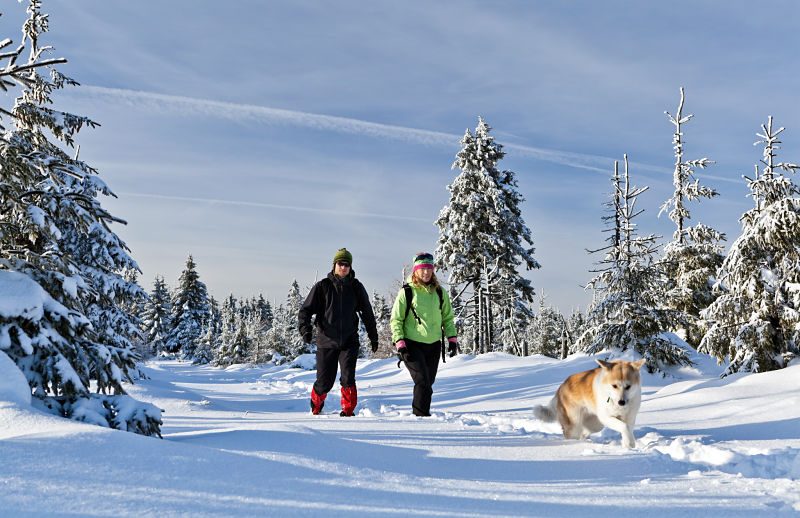It can beautiful. It can be fun. It can also be miserably cold. Winter is here and with it comes not only a change of weather, but a change of hazards for our pets. A cold snowy climate can offer a lot to a dog. Many are at home in cooler weather as part of their breed heritage. Even those that don’t trace their ancestry to cold climates often times love playing in the snow. With cold weather fun, comes danger to all pets, regardless of how hearty they are in the face of a cold winter. Be sure to always be mindful of your pet’s needs when the temperature drops or the weather changes.
Hypothermia
Signs
If a dog is exposed to cold temperatures to an extreme more than there body is able to tolerate, their body temperature will drop to a dangerous level. This can be observed by one or more of the following: weak pulse, lethargy, violent shivering, stiffness, difficulty breathing, low temperature or unresponsiveness.
Treatment
If you suspect your pets is suffering from hypothermia, you must act immediately. Move the dog to a warm area. Dry them if necessary and cover with a warm, dry blanket. Rub them gently to increase circulation. Feed a mixture of sugar and water to provide immediate energy. Get to an emergency veterinarian as soon as possible.
Frost Bite
Signs
Frostbite occurs when a particular part of a pets skin freezes. This can be exposed skin or skin that is covered with hair. It most often occurs on the nose, ears, tail or paws as they are the most exposed. Frostbite can be identified by pale, blue or gray skin that may later become red or puffy. The area on the skin may be painful when touched. It may appear shriveled or cold to the touch.
Treatment
Apply warm, but not hot, water for 20 minutes to the frost bitten area. Be very careful not to over handle or rub effected areas. Get to an emergency veterinarian as soon as possible.
Bring Pets Inside
Many dogs are used to spending a great deal of time outside which is often okay in the spring, summer and fall months. However, in cooler climates, it is often best to bring pets inside as the temperature drops. If a dog is normally an indoor pet, be sure you are closely monitoring the time they spend outside as well. When moving a pet to a warm space, ensure it is dry and draft free with plenty of food and water. Be careful that water provided to the pet is not frozen. Plan to feed additional food as well – cold weather requires pets to take in additional calories to stay warm.
Stay Dry
All kinds of weather presents itself in the winter time depending on the temperature. Rain, sleet, snow… snow that melts and becomes water. It is important to ensure that your dog’s coat remains dry so that it can insult them as intended. A wet dog will get cold very quickly. This is also true of any clothing you put on your pet. That cute Christmas sweater is a big danger if it is wet.
Be Mindful of Paws
When walking through the snow, paws may become covered in slush that turns to ice and freezes causing a hazardous situation. Be sure to check to ensure that paws are clean periodically. Be mindful of salt and antifreeze that is often applied to roads and sidewalks in the winter. They may cause burns on the feet or poison the animal if they lick it off. It is best to always wipe a dogs paws when returning from a walk in the winter. A paw balm, like our Paw Pad Shield can help to condition and protect paws in times are harsh weather as well.
Shovel Snow for Bathroom Time
Dogs have to go outside to relieve themselves. Doing so when their feet are buried in snow presents difficulties for them and is very unpleasant. Be sure to keep an area of the yard shoveled so that they may access their bathroom space easily.
Nighttime Safety
Along with winter comes shorter days – this means that walks and other outdoor activity time is often taking place after dark. Be sure to use reflective leashes and collars (and reflective clothing for yourself) to stay visible to drivers at night.
Holiday Safety
The holidays can present all kinds of additional hazards to a pet. They bring in foreign decorations, gifts under the tree, foods left out on counters and guests. Be mindful of your pets’ safety, and the additional stress put on them during the holidays as their normally comfortable surroundings change drastically. For more on Holiday safety, check out our 7 Tips to Ensure a Merry Christmas.

